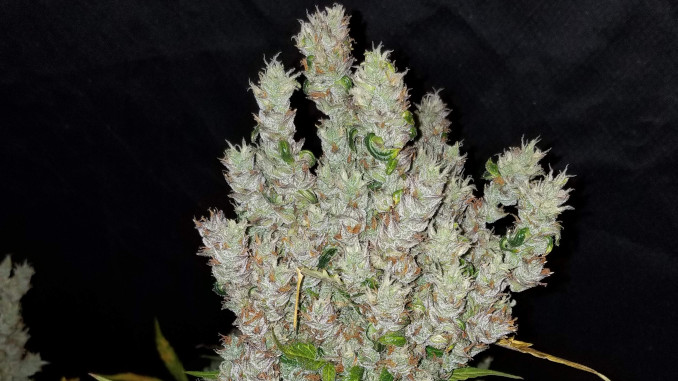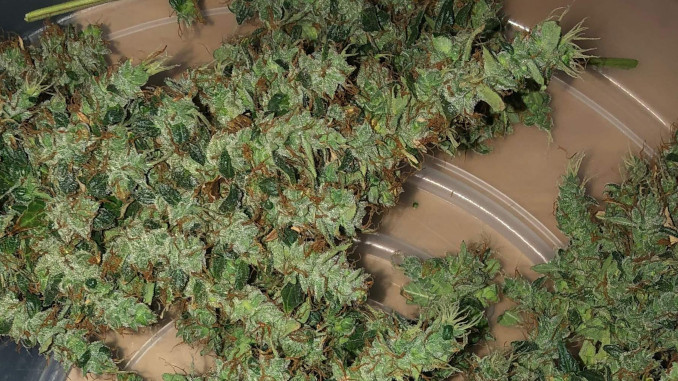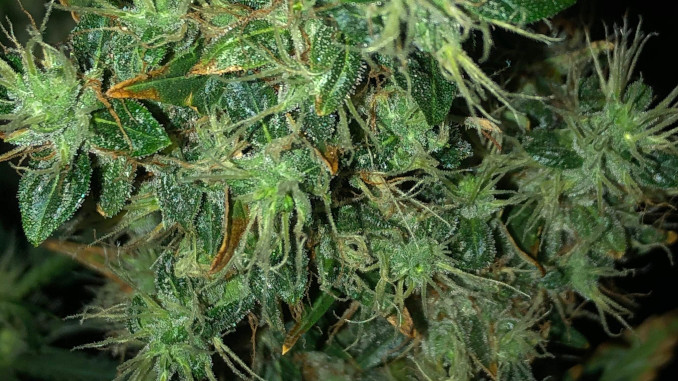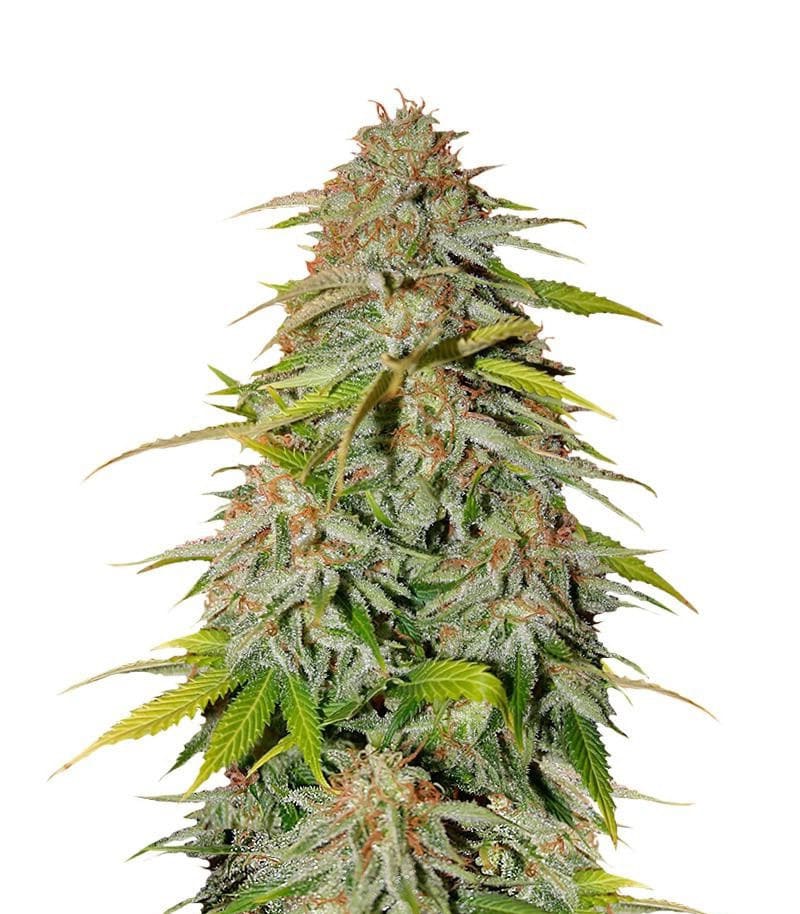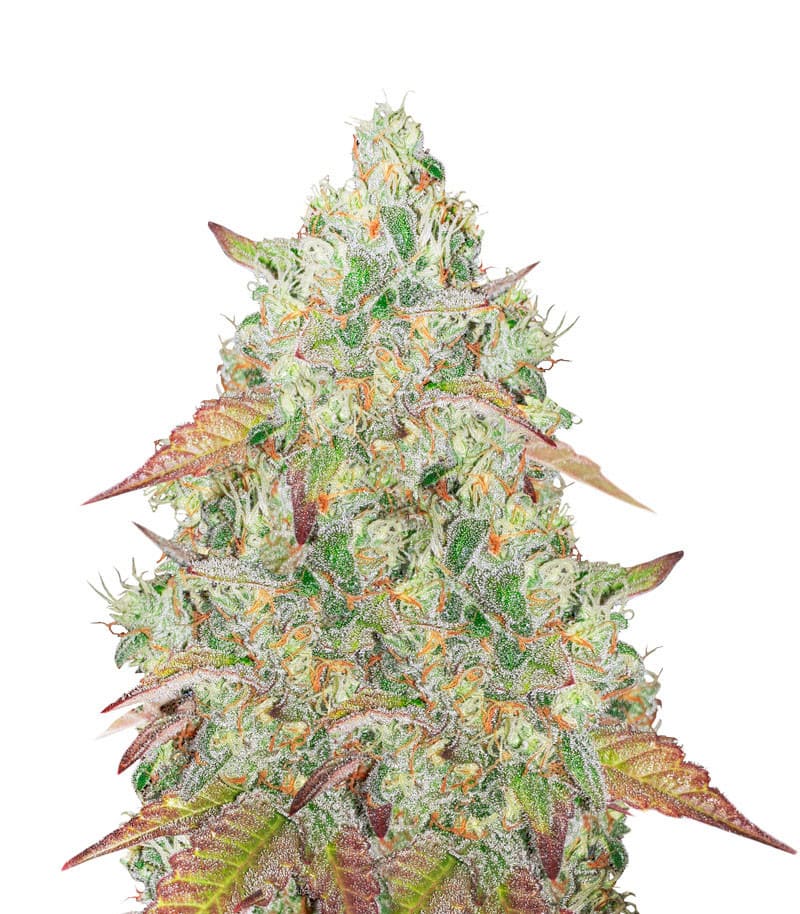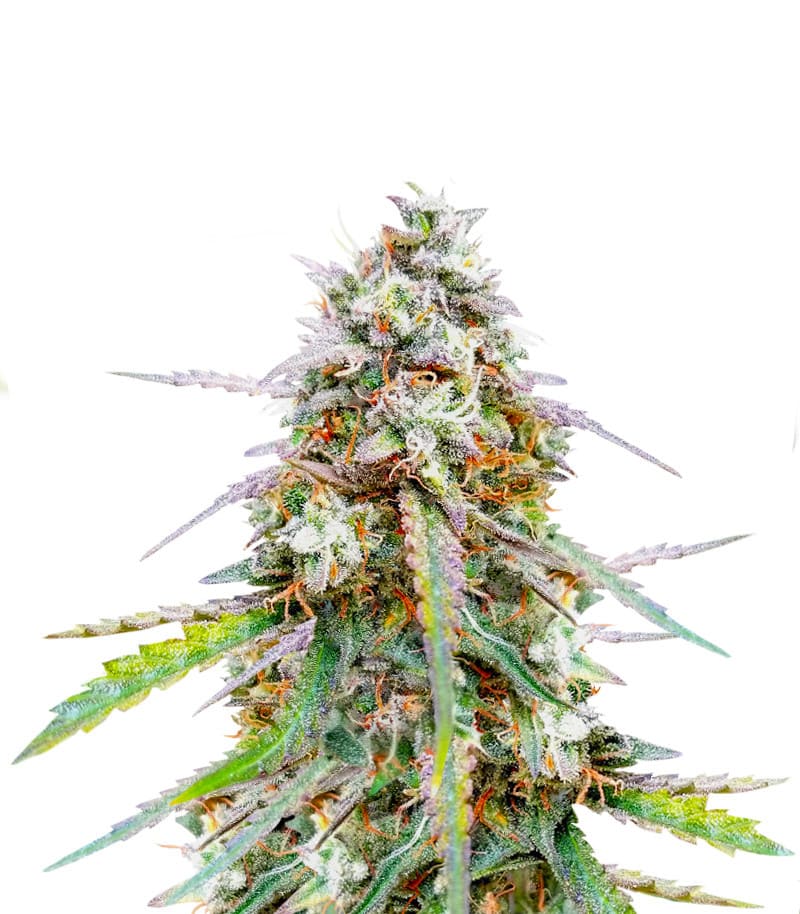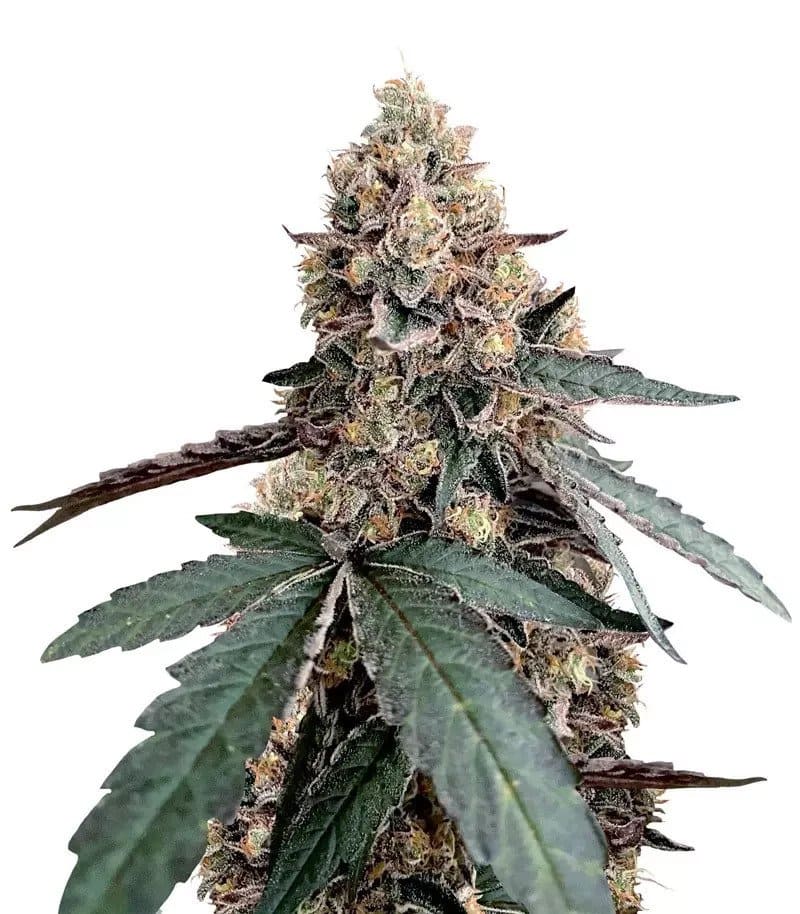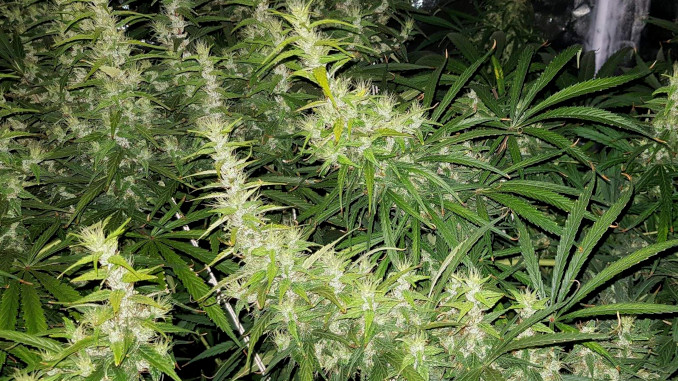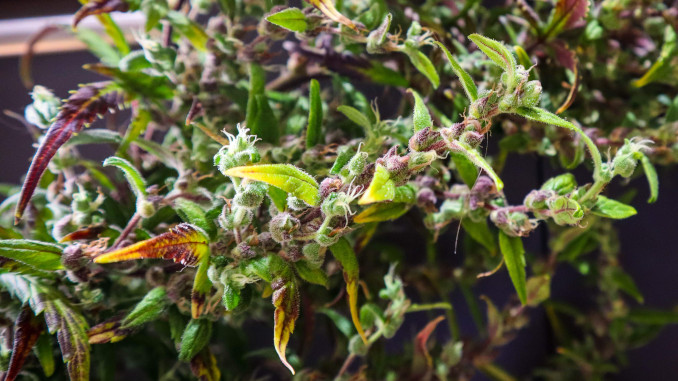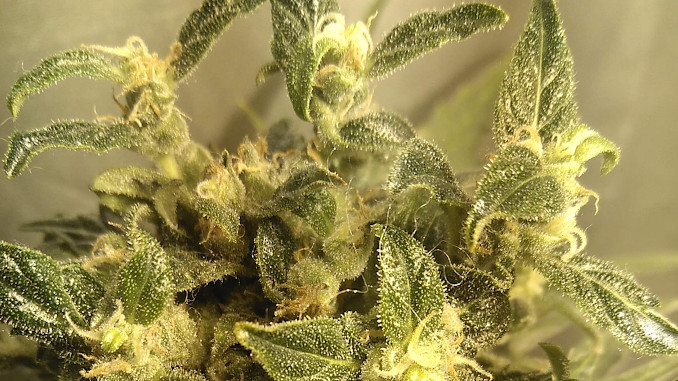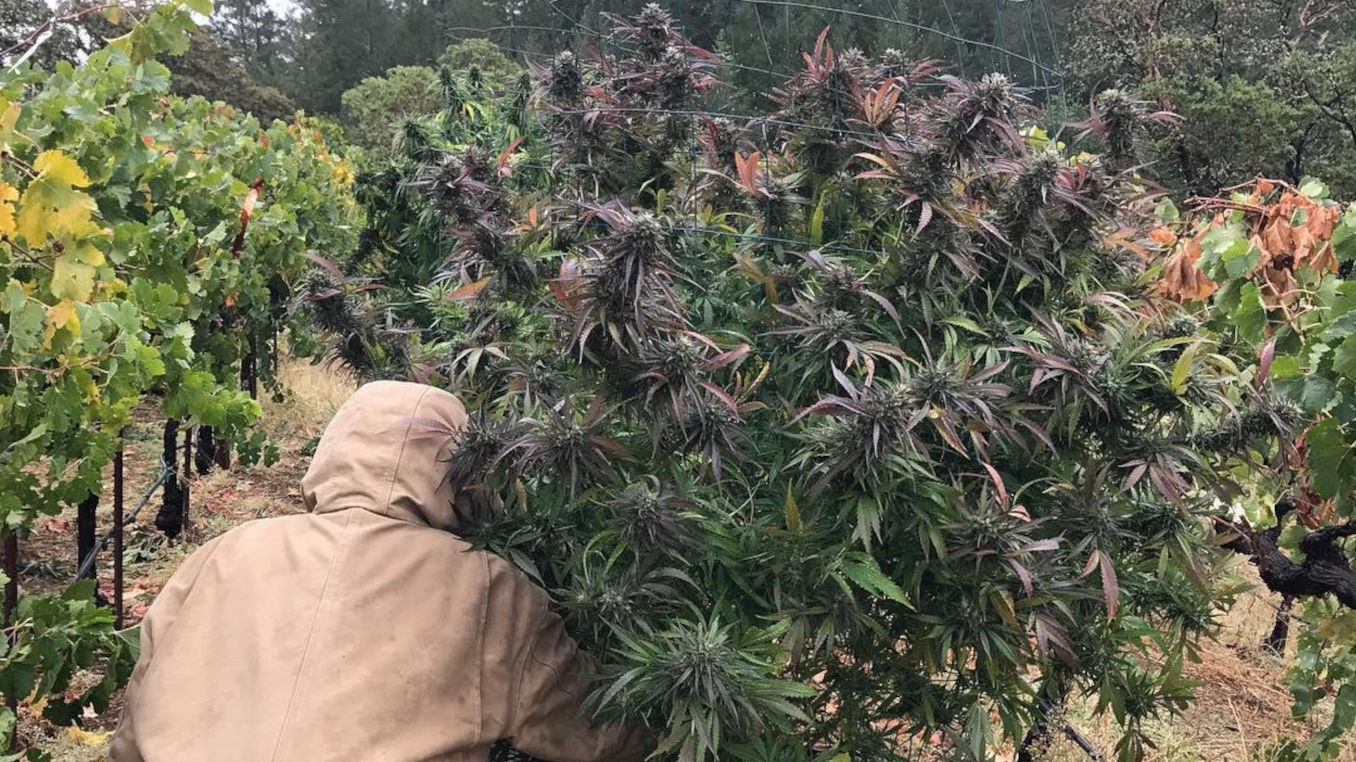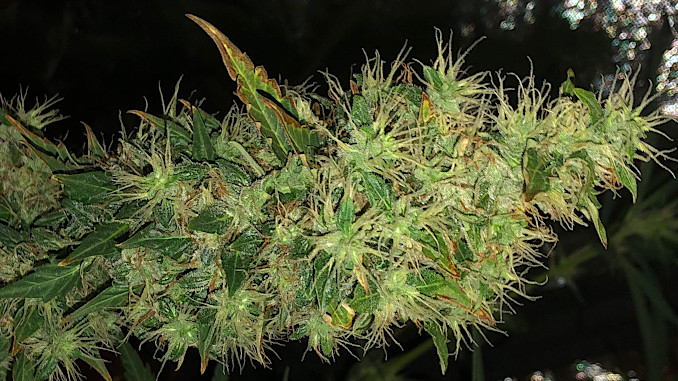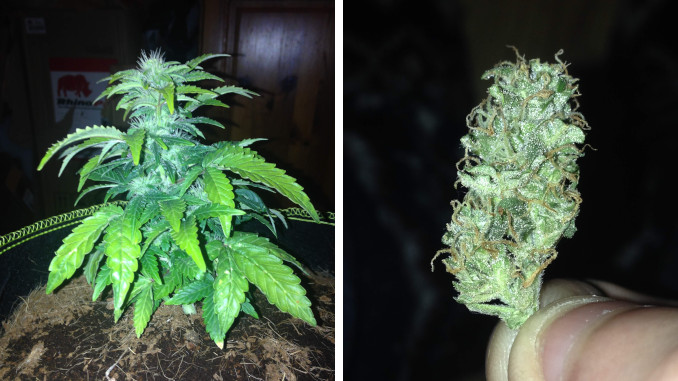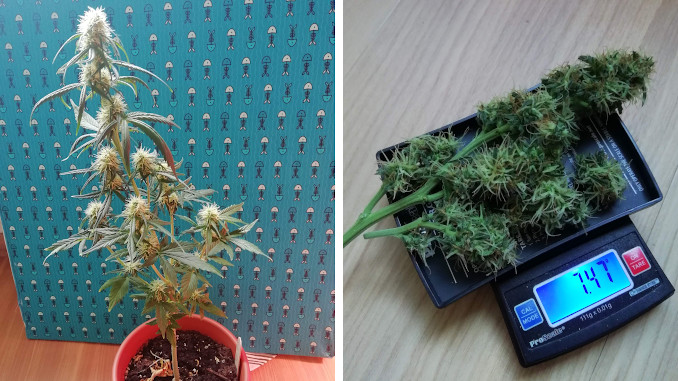Article Highlights
- The tendency to foxtail is most common among tropical sativas
- Some varieties, like the Trainwreck family, are notorious foxtailers
- Some of the “purple” or “blue” genetics may tend to foxtail
- Even if a strain is prone to foxtailing, not every phenotype will foxtail on you
- Even “normal” strains may foxtail as a response to heat/light stress
- The 11/13 light cycle increases the expression of foxtailing genes, too
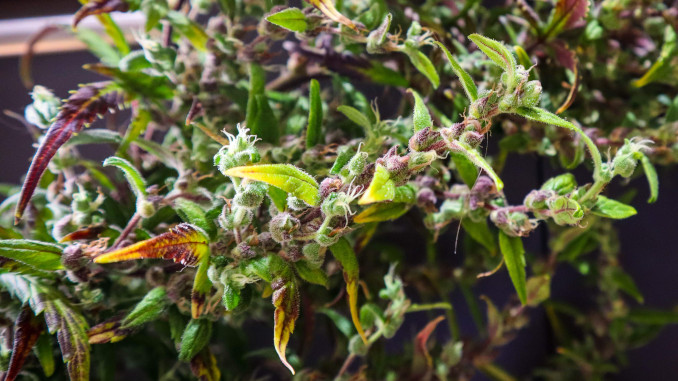
In a separate article, we talked about the reasons your buds may foxtail. The usual suspects are heat and light stress. It means that either your plant tops are too close to the lights or there’s been a heatwave that raised the temperature in your growing space.
In yet another post, we also mentioned that keeping your photoperiod strains under 11/13 in flower may result in foxtailing. It’s because foxtailing is a sativa trait and the 11/13 light cycle leads to the expression of sativa traits.
And sometimes you have absolutely no control over foxtailing because it’s genetic. So, if you hate to see your buds foxtail, avoid the strains in the list below. And if you want to grow foxtailing weed, prepare to be patient. When growing cannabis from seeds, you’ll see several phenotypes in the same strain and not all of them will foxtail.
I have personally seen foxtailing in my grow room on a few occasions, but for this post, I needed a bigger sample. So I did a thorough search through the Growdiaries community to find marijuana strains that foxtail more often than others.
Foxtailing in Sativa Strains
You have bigger odds of seeing foxtailing if you grow strains that are pure sativas or have a very high percentage of sativa genes in them. A good example is any strain with “Haze” in its name.
Swipe to see all images in the gallery.
Frankly, it’s not always clear if sativa buds are foxtailing or not. Sativas often have thin, spear-like colas. Or the buds may explode in every direction, become very fat but remain spongy at the same time. So, there were quite a few borderline cases, but I tried to do my best. Here are the results.
| Strain, Sativa/Indica Breeder |
Foxtailing | |||
| None | Mild | Strong | Extreme | |
| Dr. Grinspoon, 100/0 Barney’s Farm |
1 | 6 | 9 | 2 |
| Super Lemon Haze, 70/30 Green House Seeds |
16 | 6 | 4 | – |
| G13 Haze, 80/20 Barney’s Farm |
8 | 4 | 1 | – |
| Hawaiian Snow, 80/20 Green House Seeds |
3 | – | 1 | – |
| Acapulco Gold, 70/30 Barney’s Farm |
13 | 3 | – | – |
| Laughing Buddha, 80/20 Barney’s Farm |
19 | 3 | – | – |
| Super Silver Haze, 70/30 Green House Seeds |
4 | 2 | – | – |
| A.M.S., 40/60 Green House Seeds |
1 | 2 | – | – |
| Tangerine Dream, 60/40 Barney’s Farm |
20 | 2 | – | – |
| Neville’s Haze, 90/10 Green House Seeds |
– | 1 | – | – |
| Pineapple Haze, 30/70 Barney’s Farm |
2 | 1 | – | – |
| Arjan’s Haze #3, 70/30 Green House Seeds |
4 | 1 | – | – |
The Trainwreck Line
Whenever people start to discuss foxtailing genetics, the name “Trainwreck” pops up every time. Indeed, I managed to find a couple of examples where Trainwreck buds foxtail in a big way.
Swipe to see all images in the gallery.
Unfortunately, I only found a few grows, so the sample is very small. Anyway, these are the results:
| Strain, Sativa/Indica Breeder |
Foxtailing | |||
| None | Mild | Strong | Extreme | |
| Train Wreck Auto, 60/30/10 King Crop Seeds |
2 | 1 | 1 | – |
| K-Train Green House Seeds |
1 | – | 1 | – |
| Dark Ghost Train Rare Dankness |
1 | 1 | – | – |
| Trainwreck Auto, 55/45 FastBuds |
8 | 1 | – | – |
Purple or Blue Genetics
When I was searching for foxtailing strains on Growdiaries and on different forums, I was surprised to see foxtailing in such varieties as Blue Cheese, Critical Purple Auto, and Devil Cream Auto. All these strains don’t have much sativa in their DNA, but they’re all purple.
Then I asked myself what comes to mind when I think of purple buds. Well, I picture them either bloated and loose, or with huge dense calyces that shoot in every direction and almost resemble bullets. And sometimes purple buds look like a bunch of grapes or even a string of pearls.
Swipe to see all images in the gallery.
Well, it’s just a theory of mine that many purple genetics tend to foxtail. You can check it yourself, and below, you can find a few examples. Please note that Sweet Seeds Devil Cream Auto turned out to be the second most foxtailing strain in our review. And both of its parents—Dark Devil Auto and Black Cream Auto—have this tendency, too.
| Strain, Sativa/Indica Breeder |
Foxtailing | |||
| None | Mild | Strong | Extreme | |
| Devil Cream Auto, 20/80 Sweet Seeds |
10 | 5 | 2 | 3 |
| Dark Devil Auto, 60/40 Sweet Seeds |
9 | 7 | 1 | – |
| Black Cream Auto, 5/95 Sweet Seeds |
11 | 5 | 1 | – |
| Blue Cheese, 40/60 Royal Queen Seeds |
5 | 4 | 1 | – |
| Critical Purple Auto, 0/100 Growers Choice Seeds |
14 | 2 | – | – |
| Purple Punch, 10/90 Barney’s Farm |
29 | 4 | – | – |
That’s it for now. Later, I may add other genetics to this list. And if you have encountered foxtailing strains in your grows, please share in the comments.

















